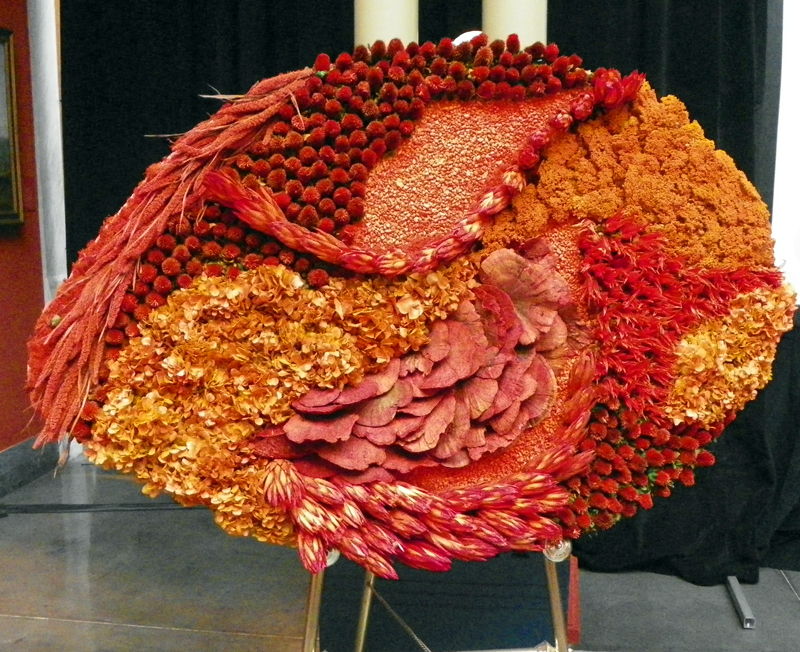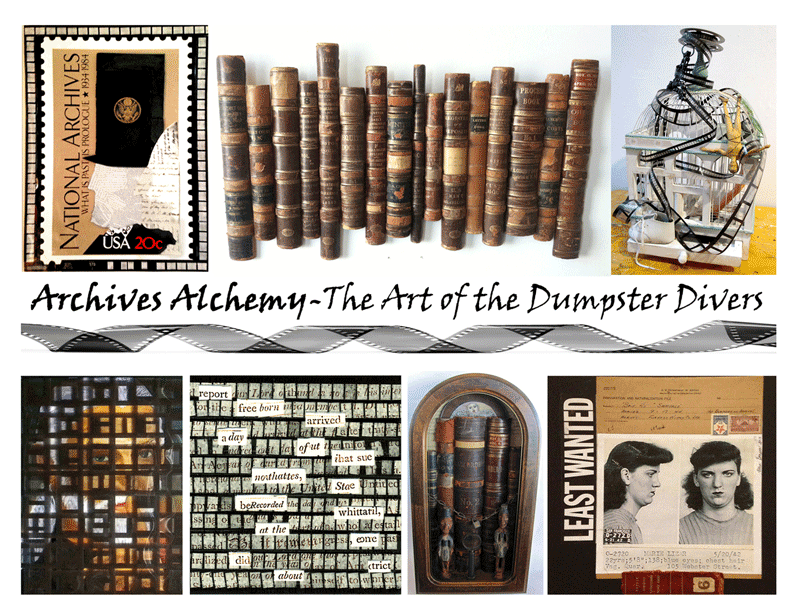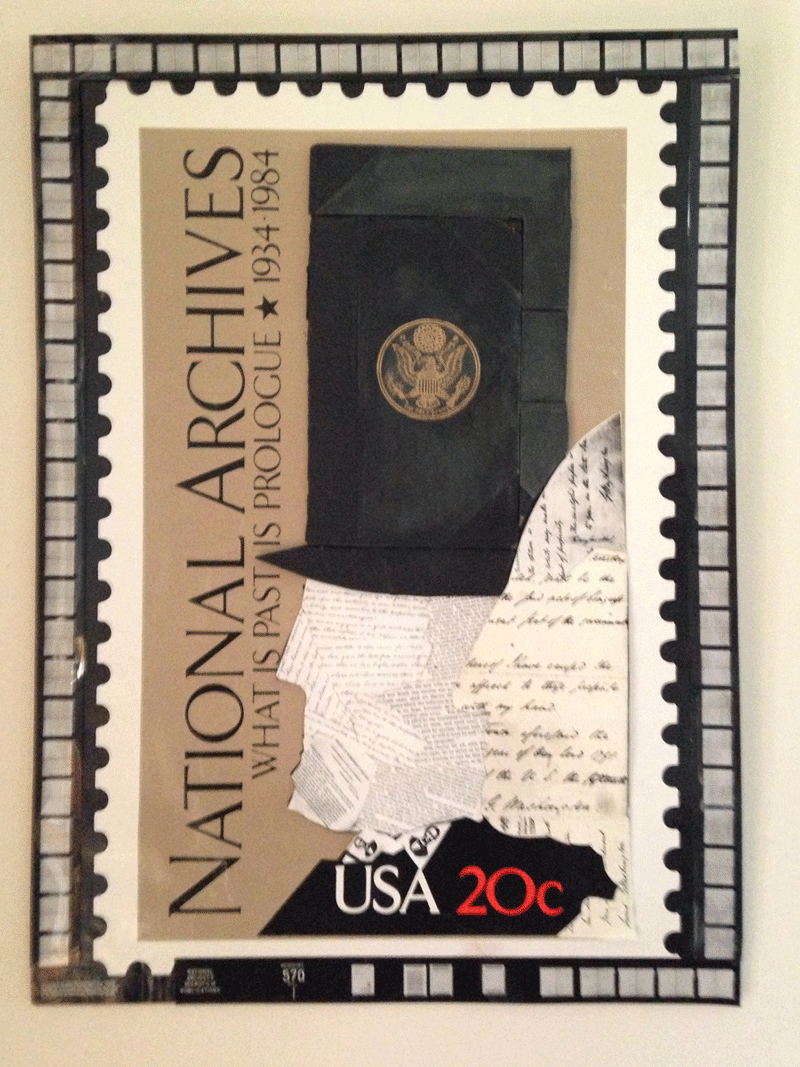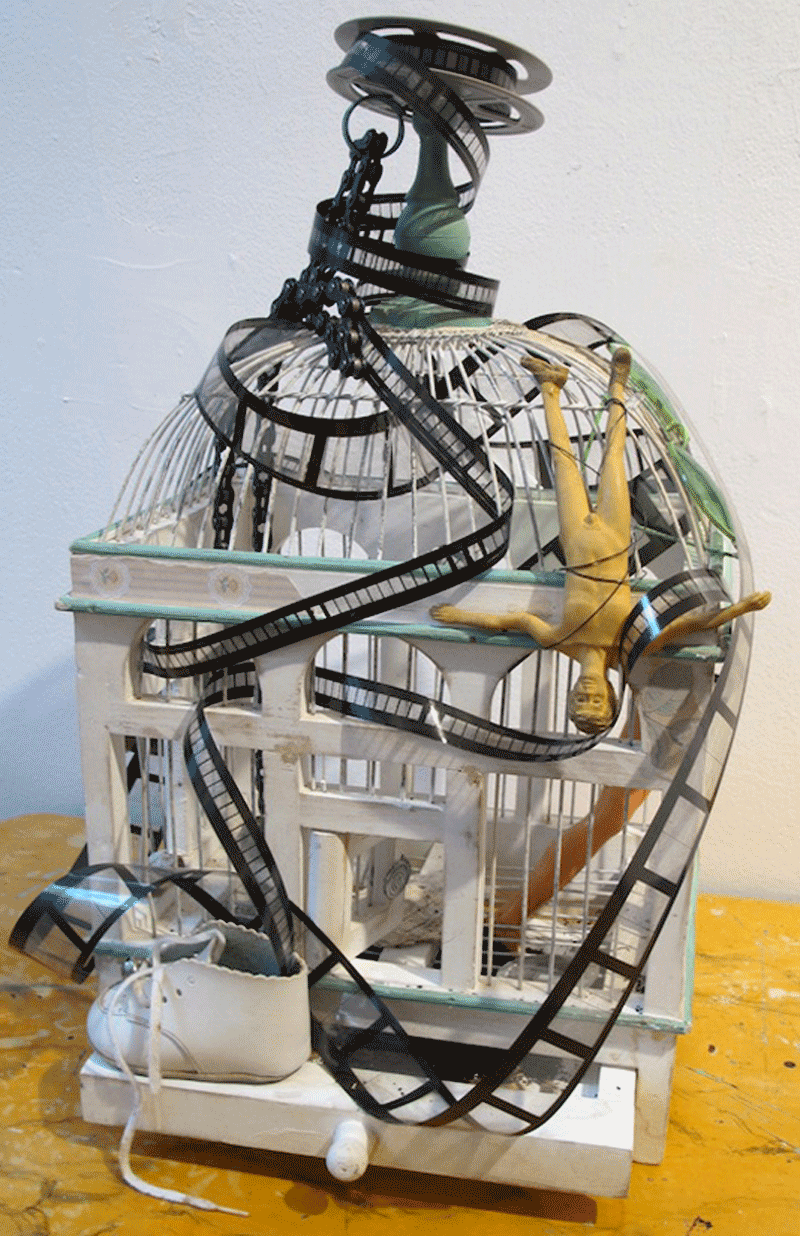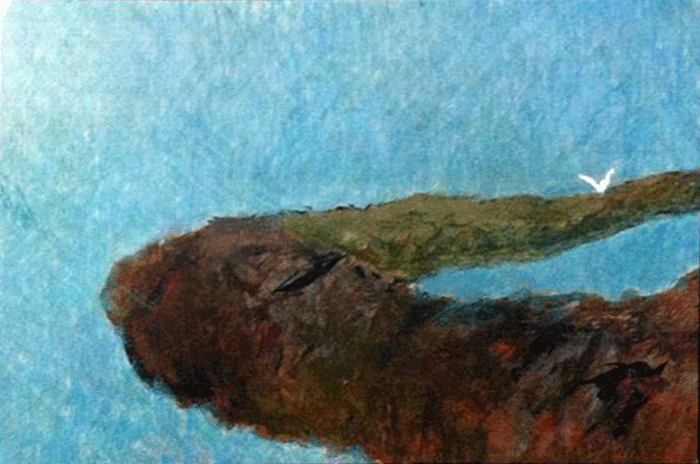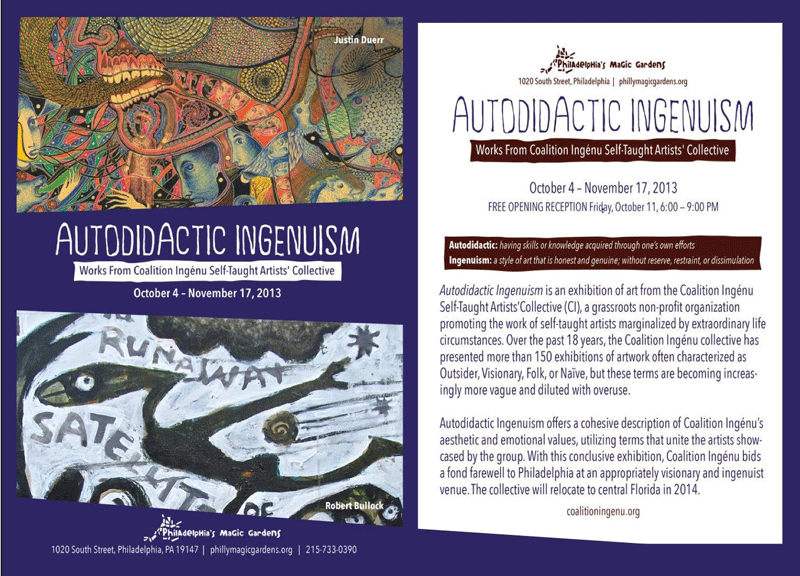
In 1995, Robert Bullock volunteered to help set up an art show for a non-profit organization that helped to provide creative outlets for people with histories of mental illness. After much research, he found a gallery that would agree to host the exhibit under one condition: everything had to be framed. As he collected the artwork from the people who wanted to participate, Bullock began to realize two things: 1) It would not be enough work to fill the gallery and, 2) None of it would be framed.
For the most part, he was dealing with people who had not been formally trained or significantly exposed to fine art. Most of them were living in small apartments on social security benefits. They didn’t have any money for art supplies or framing. And yet, Bullock thought that some of the work had a very unique and original quality to it. It wasn’t pretentious. It didn’t take itself too seriously.
He went to framing shops and asked for donations of discarded frames. He bought glass and mat board and made some of the molding from scratch using cheap wooden firring strips from Home Depot. He researched and contacted other community art programs in homeless shelters and mental health centers to find more artwork. By the time the show opened in May of 1995, Bullock was able to fill one of the largest galleries in Olde City with art from several different programs, only one of which was able to contribute a very small amount of money to help defray his personal costs. At the time, he was unemployed and living in a carriage house rent-free, in exchange for his agreement to work on the property.
The show was a success. In those days, first Friday openings in Olde City involved food, beer, wine, and live music – and this one was packed. The art was also inexpensive and accessible. The gradual emergence from the shadows of a thing called “Outsider Art” was reaching the collective consciousness. Even people, like Bullock himself, who had never even heard the term before, were searching for something raw and genuine — something not deliberately different or contrived, but essentially different, and deeply ingenuous.
The first use of the term “Outsider Art” was in a book by Roger Cardinal published 20 years earlier. It described art made by people from “outside” of the mainstream art community. People who had not gone to art school or college, but also who were not aware of all the trends in fine art as defined by academic tradition. Bullock, too, was a person who had never gone to art school. A person who had always enjoyed doodling, and had recently done a great deal more of it during a two and half year trek throughout Australia, New Zealand, Papua New Guinea, and Southeast Asia. He had decided, upon his return, to further explore his interest in art, but had no idea where to go with it. Most of the modern conceptual art confused him and left him feeling disconnected from his emotional instincts. Abstract impressionism seemed too limited and too “safe” in its’ deliberate rejection of representational content. Frankly, he didn’t know very much about any of it.
That first exhibit in 1995 established the foundation of an enduring passion for Bullock. In 1996, he chose the name Coalition Ingenu for his second group exhibit in Olde City, entitled “Philadelphia Self-Taught”. He continued to search art programs and seek out individual artists for the next 18 years, and gathered like-minded friends and volunteers to help with his efforts. Coalition Ingenu received non-profit status in 2001, but deliberately remained very small and true to the original concept. Its’ mission was to encourage exploration of the imagination and promote appreciation for the creative process independent of results. To cultivate self-esteem and confidence, generate motivation and passion, and encourage the use of creativity as a tool for the gradual healing of emotional and psychic wounds. To build a community of mutual support among self-taught and self-motivated artists precluded from formal training or significant exposure to fine art as defined by cultural bias. To establish an alternative to art built upon layers of academic tradition and affirm the value of inviolate creativity in all its’ many forms and expressions.
Over the next 18 years, the collective would assemble over 180 exhibits and display over 6000 pieces of art by hundreds of different artists from mental health centers, hospitals, prisons, senior centers, retirement communities, physical rehabilitation facilities, substance abuse programs, and homeless shelters. The would also discover, by word of mouth, many individuals who made art on their own, independent of any formal program.
In 1997, Coalition Ingenu had begun to conduct open studio art programs in various locations, but went beyond just providing the participants with something to do. They respected the work that was made in these programs, and considered it just as beautiful, inspirational, important and thought provoking as anybody else’s artwork. They believed that the extraordinary life circumstances experienced by each artist were a more direct and original source of inspiration than the exhaustive study of academic tradition. And they believed that artwork by lower income, less visible, and less formally educated people deserved equal opportunity to be displayed in mainstream art galleries by virtue of its’ validity as uniquely inviolate expressions of real-life people in an often difficult and disappointing world.
Bullock invested the past 18 years of his life in pursuit of this belief, and his wife supported him in doing this, even as the couple began to experience a long string of financial difficulties. For the most recent half of the its’ 18 year history, the Coalition Ingenu funding stream has grown increasingly dryer, while a 2004 layoff forced Bullock’s wife to eventually take a job making less than half as much money. But the exhibits only got better. As some of the members became better known and the group attracted new and more accomplished artists, and the collective adapted and evolved into a respected arts organization. Their growing reputation earned the attention of higher profile venues from New York NY to Pittsburgh PA — and as far south as Washington DC and Durham NC. But this is where it will end:
In less than two months, Bullock and his wife will be moving to Florida for family reasons. If resources permit, the Coalition Ingenu Self-taught Artists’ Collective will eventually resurrect and pick up where it will leave off when it departs Philadelphia this December. The groups’ final exhibit is, very appropriately, at the gallery within the visionary masterpiece of local artist Isaiah Zagar. The exhibit features nine of the groups most popular and renowned artists, and is entitled Autodidactic Ingenuism, which essentially means self-taught and without restraint.
The opening reception is this Friday, October 11 from 6 – 9 pm, at the Philadelphia Magic Gardens, 1020 South Street. It runs until Friday, Nov. 15.
Written by Robert Bullock, Coalition Ingenu

